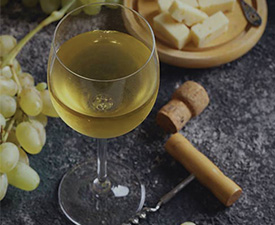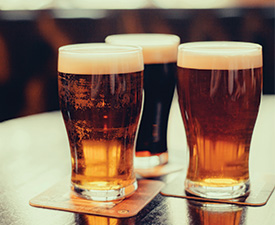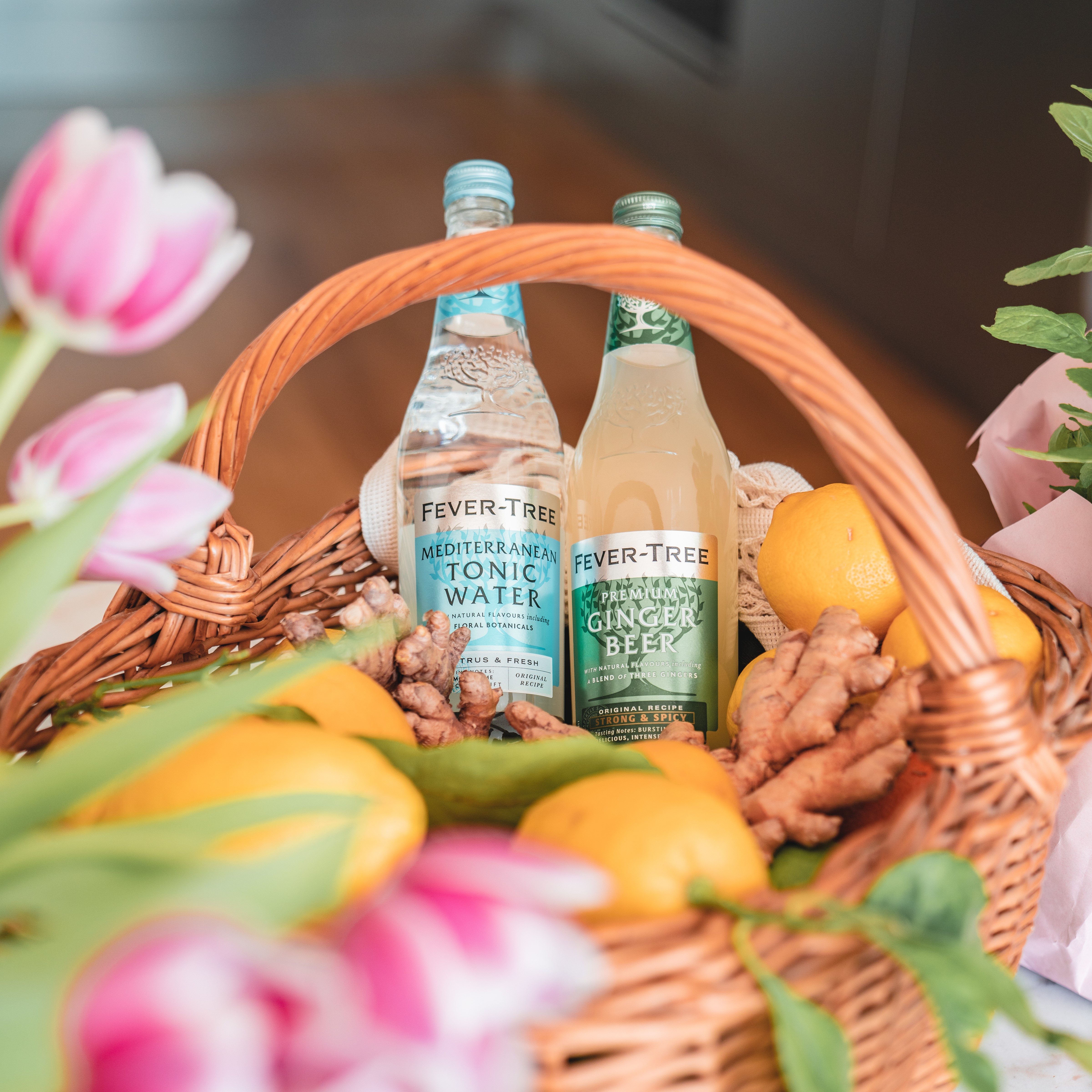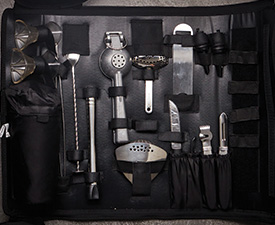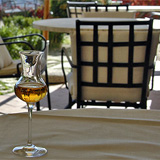Grappa is a fragrant grape-based spirit of between 40% and 60% alcohol by volume (80 to 120 proof), of Italian origin. Literally a word for "grape stalk", grappa is made by distilling pomace, grape residue (primarily the skins, but also stems and seeds) left over from winemaking after pressing.
It was originally made to prevent wastage by using leftovers at the end of the wine season. It quickly became commercialised, mass-produced, and sold worldwide. The flavour of grappa, like that of wine, depends on the type and quality of the grape used as well the specifics of the distillation process.
In Italy, grappa is primarily served as a "digestivo" or after dinner drink. Its purpose is to aid in the digestion after a meal. Grappa may also be added to espresso coffee to create a caffe corretto. Another variation of this is the "amazza caffe" (literally, "coffee-killer"): the espresso is drunk first, followed by a few ounces of grappa served in its own glass.
While these Grappa's are produced in significant quantities and exported, there are many thousands of smaller local Grappa's, all with distinct character.
Most grappa is clear, indicating that it is an un-aged distillate, though some may retain very faint pigments from their original fruit pomace. Lately, aged Grappa's have become more common, and these take on a yellow or red-brown hue from the barrels in which they are stored.
Although grappa does not generally require such a long aging as some other alcoholic drinks, Italian law requires six months of aging after the production itself is complete.
However, there are distilleries that not only age grappa for six months in wooden barrels, but also add another six months of aging in airtight glass flasks or stainless-steel tanks.
This added step in the production process allows producers subsequently to add more prestigious label designations such as invecchiata (i.e. aged), stravecchia (very old) or riserva (reserve).




